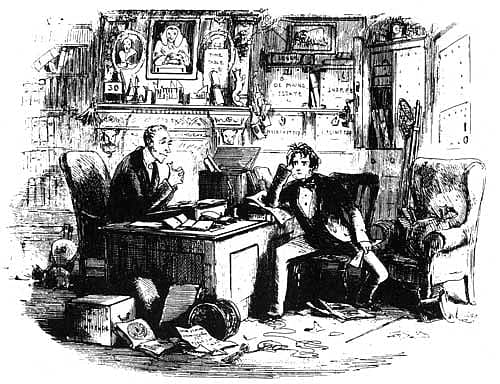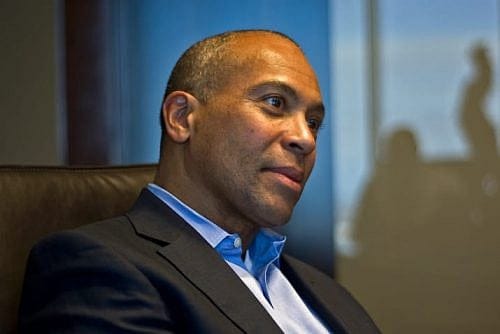First Kill All the Chancery Courts: An Essay on Charles Dickens’s ‘Bleak House’

Today I finished Bleak House by Charles Dickens. Eight hundred eighty pages serialized in the usual nineteen parts between March 1852 and September 1853. It was not an easy read but it was worthwhile. Bleak House was written after Oliver Twist and David Copperfield but before A Tale of Two Cities and Great Expectations. It is considered by many as Dickens's most mature work. G.K. Chesterton said that that "Bleak House is not certainly Dickens's best book, but perhaps it is his best novel" – adding: "When Dickens wrote Bleak House he had grown up."
I decided to read Bleak House because it is on many lists of the best 100 novels ever written, and often ranked higher than David Copperfield, which I loved and which Dickens favored among all his books (probably because it was so autobiographical). It is also usually ranked higher than Great Expectations, which I devoured in high school.

